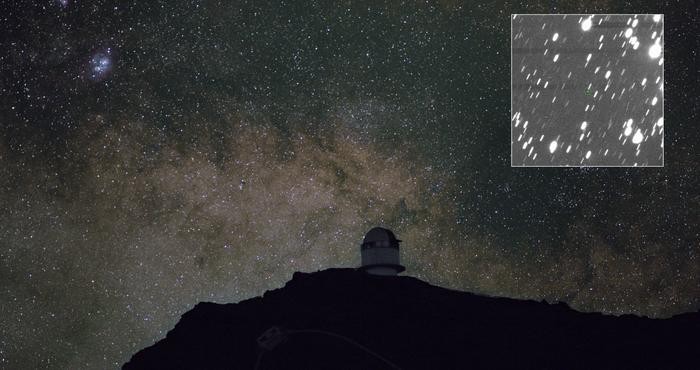Is an Asteroid Really Hitting Earth in 2032? Scientists Set the Record Straight

The most significant asteroid impact in recent history occurred in 2013, when a fireball the size of ”
a small building” exploded over Chelyabinsk, Russia, per the National Aeronautics and Space Administration (NASA). However, there’s been chatter of a potential asteroid colliding with Earth in Dec. 2032. As more data is released, experts are revising the probability of an asteroid event—and it looks like we finally have some clear answers.
RELATED: 25 Space Mysteries No One Can Explain.
Let’s start with the good news first: Asteroid 2024 YR4 is no longer considered a credible threat to Earth, according to an
April 2 press release.
Astronomers first learned of 2024 YR4 in Dec. 2024. It’s the first of its kind to trigger a notification from the International Asteroid Warning Network (IAWN), prompting an international observing campaign helmed by University of Helsinki researchers. That launched on Jan. 30, 2025, a day after the IAWN alert.
NASA estimates 2024 YR4 to be
130 to 300 feet in size. (For reference, the Statue of Liberty stands 305 feet tall.) An asteroid of this magnitude has the potential to cause critical damage, depending on its impact zone. If it were to hit the ocean, NASA says “airbursting objects of this size would be unlikely to cause significant tsunami, either from the middle of the ocean or even nearer shore.” On land, a 130-to-200-foot asteroid could result in shattered windows and minor structural damage within a city’s distance. However, a 300-foot asteroid could cause city buildings to collapse, with nearby regions experiencing broken windows.

But now, astronomy experts say neither is a concern with Asteroid 2024 YR4. Initial calculations estimated a 1.3 percent impact probability with Earth, warranting a 3 out of 10 Torino risk rating. In Feb. 2025, that number increased to three percent. However, Nordic Optical Telescope (NOT) observations led to a significant decrease in impact probability.
Currently, there’s less than a 0.001 percent chance of 2024 YR4 colliding with Earth.
“We have been focusing on the asteroid’s precise position and motion, and to analyze its rotation, size and shape. This information is crucial for better predicting the asteroid’s future trajectory, and ultimately refining its impact probability,” explained University of Helsinki postdoctoral researcher
Zuri Gray of their findings.
That said, 2024 YR4’s change in direction now means it could collide with the moon instead.
“Should the asteroid impact the Moon, the Earth-Moon system could be clouded with particles detached from the Moon and the asteroid, potentially threatening the human space infrastructure and operations,” said University of Helsinki academy professor
Karri Muinonen.
Current data and observations predict a four percent impact probability with the moon on Dec. 22, 2032. NASA believes “if the asteroid were to impact the Moon, it would not alter its orbit.”
Further observations by the James Webb Space Telescope successfully measured the asteroid’s thermal emission. According to those findings, 2024 YR4 is now suspected (95 percent probability) to be 46 to 74 meters (150 to 242 feet) in diameter.
“This size determination will help astronomers assess the potential consequences of an impact with the Moon,” reads the press release
“Despite the reduced risk, Earth-based and space-based observatories will continue tracking YR4 through April or May 2025, after which it will be unobservable from Earth until its next close approach in 2028.”